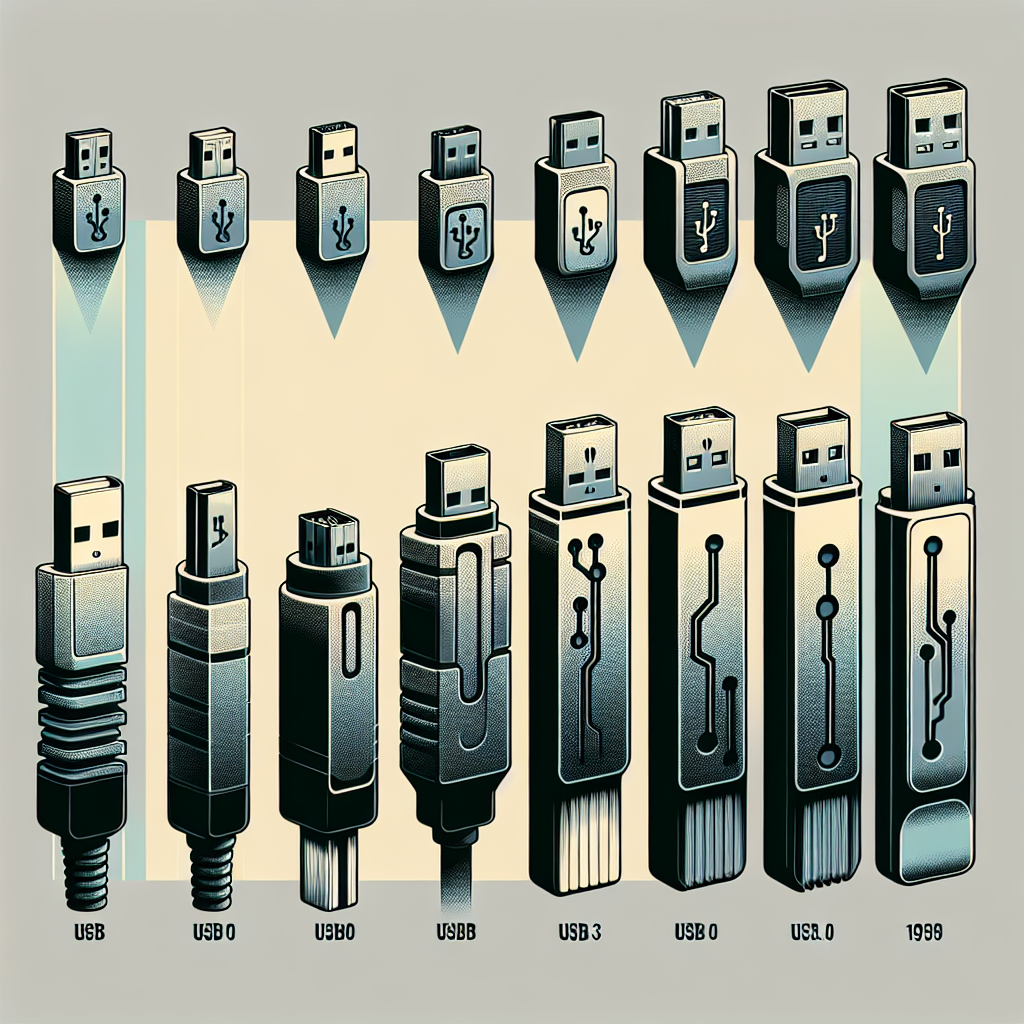Since its introduction in 1996, the Universal Serial Bus (USB) has become an essential component of modern technology. It has revolutionized the way we connect and transfer data between devices, making it faster and more convenient than ever before. Over the years, USB technology has evolved significantly, with each new version offering improved speed, power efficiency, and functionality. In this article, we will explore the evolution of USB from 1.0 to 3.0 and beyond.
USB 1.0:
The original USB 1.0 standard was introduced in 1996, offering a maximum data transfer rate of 12 Mbps. This was a significant improvement over the previous serial and parallel ports, which were much slower and less reliable. USB 1.0 also introduced the concept of plug-and-play connectivity, allowing users to easily connect and disconnect devices without having to restart their computers.
USB 2.0:
In 2000, the USB 2.0 standard was introduced, doubling the maximum data transfer rate to 480 Mbps. This increase in speed made USB 2.0 ideal for high-speed devices such as external hard drives, digital cameras, and printers. USB 2.0 also introduced support for faster charging, allowing devices to charge more quickly when connected to a USB port.
USB 3.0:
The USB 3.0 standard was introduced in 2008, offering a significant leap in speed and performance. USB 3.0 supports data transfer rates of up to 5 Gbps, ten times faster than USB 2.0. This increased speed makes USB 3.0 ideal for transferring large files quickly, such as HD video and high-resolution photos. USB 3.0 also introduced improved power efficiency, allowing devices to charge faster and more efficiently.
USB 3.1:
The latest version of USB, USB 3.1, was introduced in 2013, offering even faster data transfer rates of up to 10 Gbps. USB 3.1 also introduced a new reversible Type-C connector, which is smaller and more versatile than previous USB connectors. The Type-C connector is also capable of delivering more power, making it ideal for charging laptops and other high-power devices.
Beyond USB 3.1:
Looking ahead, the future of USB technology looks even more promising. USB 4.0 is currently in development, promising even faster data transfer rates and improved power efficiency. USB 4.0 is expected to support data transfer rates of up to 40 Gbps, making it ideal for high-performance devices such as gaming consoles and virtual reality headsets.
In conclusion, the evolution of USB technology has been remarkable, with each new version offering improved speed, power efficiency, and functionality. From the original USB 1.0 standard to the latest USB 3.1 and beyond, USB continues to play a crucial role in connecting and transferring data between devices. As technology continues to advance, USB will undoubtedly continue to evolve and adapt to meet the growing demands of modern technology.


Leave a Reply